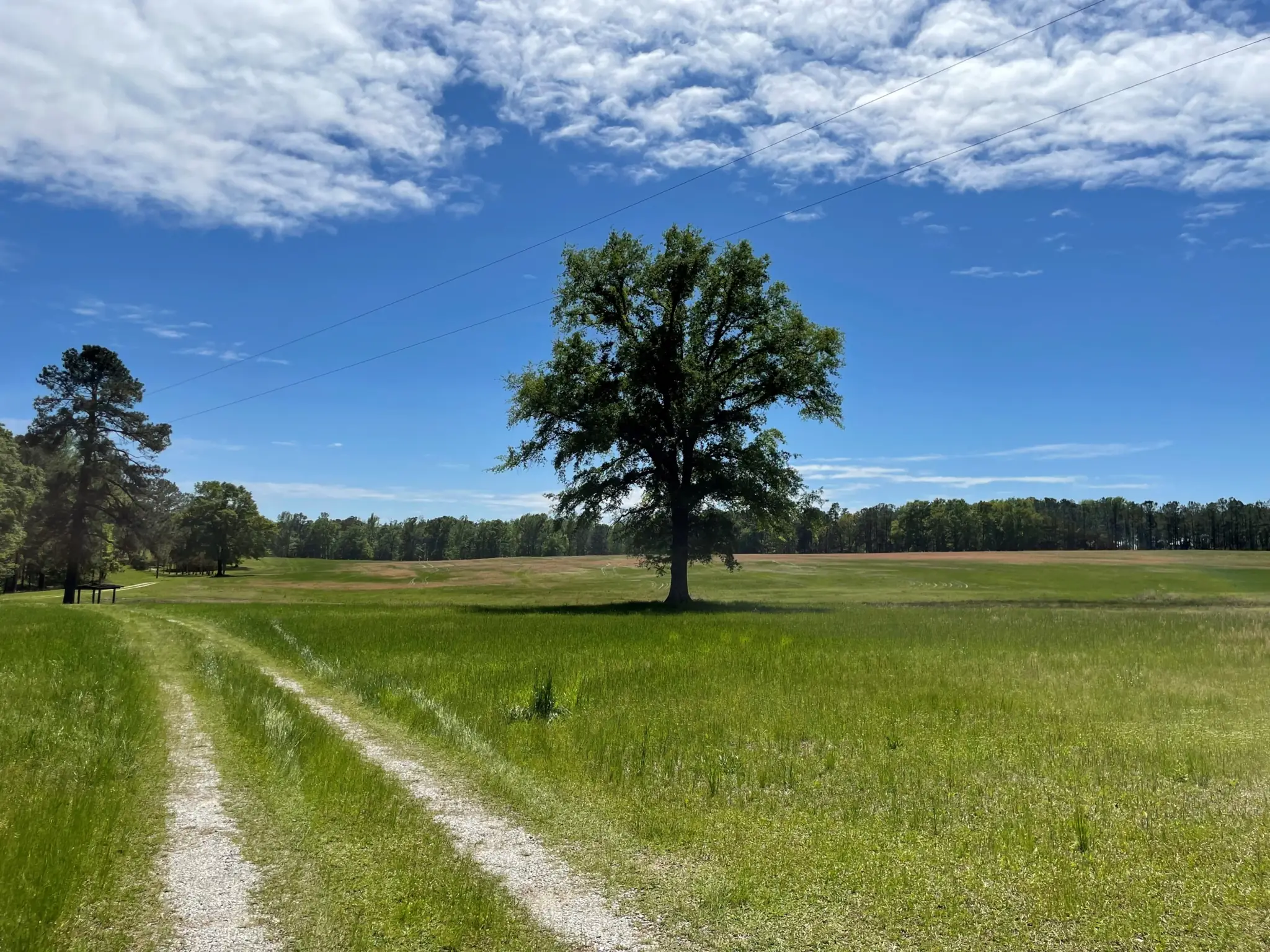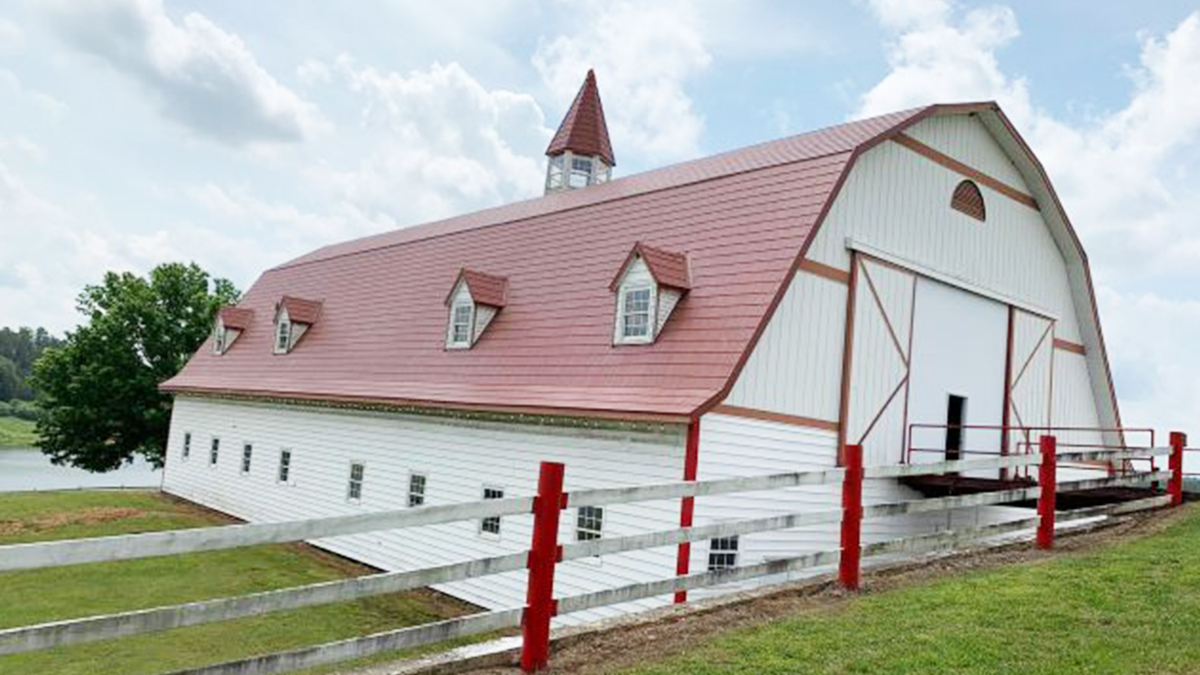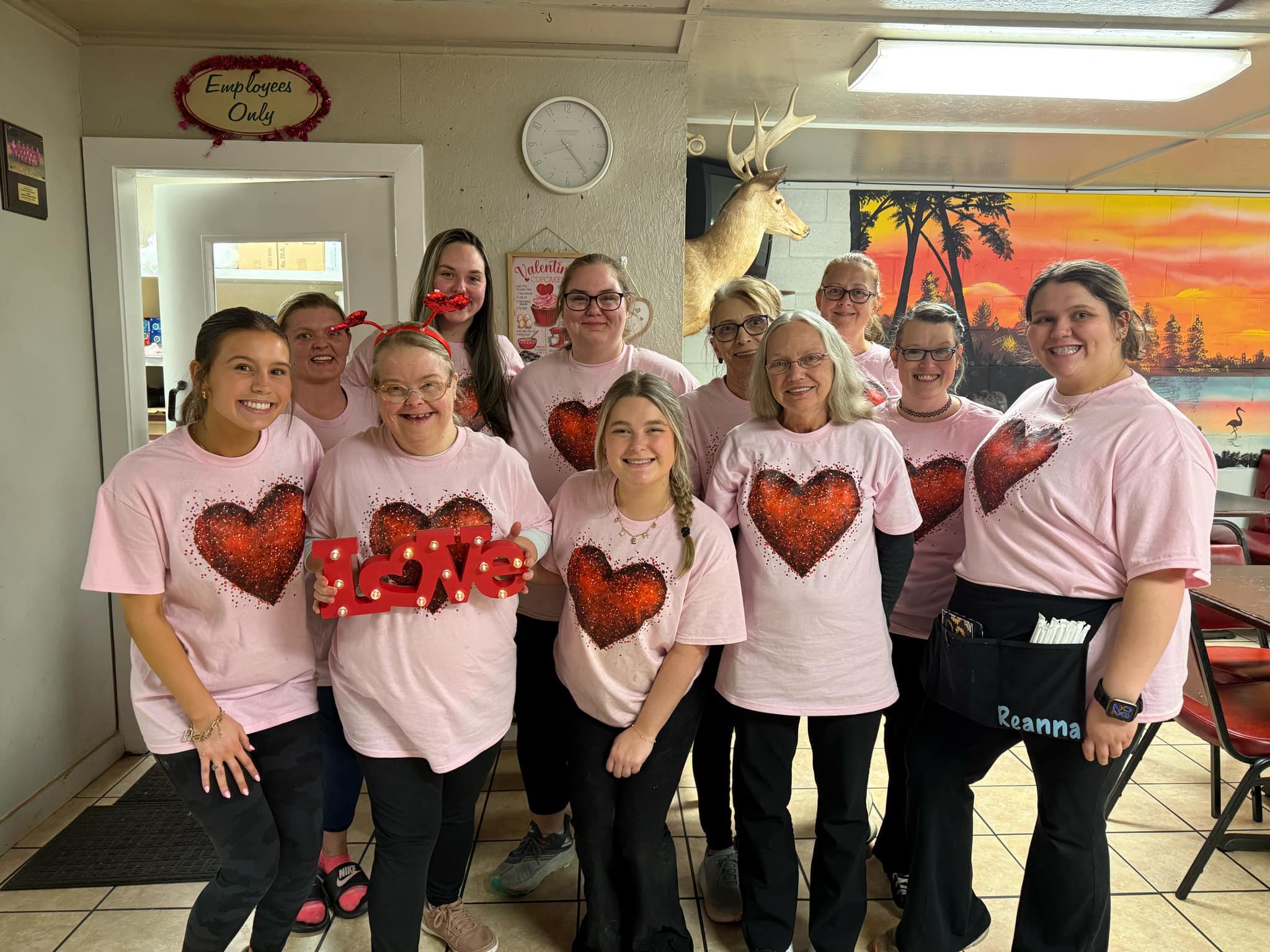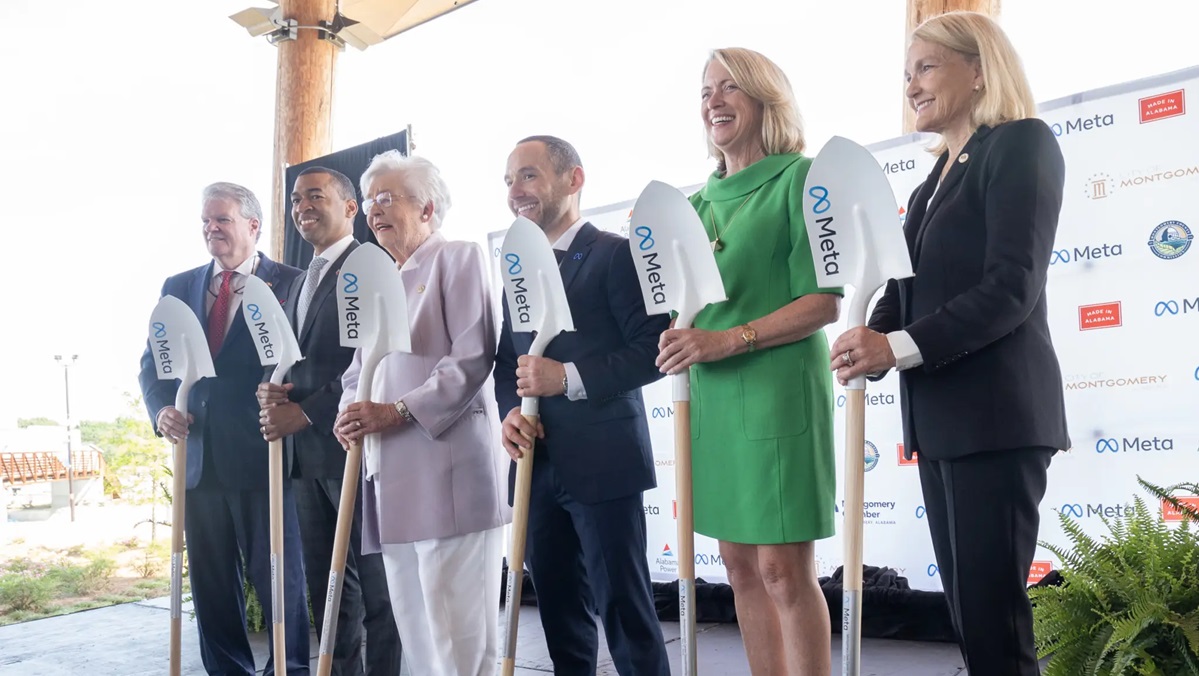Report finds it cheaper to buy than rent in Alabama

As the nation’s housing market continues to recover from the Great Recession, and more homeowners gain back the equity in their homes lost during the downturn, home ownership continues to be a hard sell for many people, particularly millennials.
While many under the age of 35 have opted to rent, studies suggest that buying might still be the best option for skittish millennials.
As reported recently, a new Fannie Mae study revealed a sizable education gap about lending requirements. Many who plan to buy a home in the next five years believe they can’t get a mortgage but actually do qualify.
According to RealtyTrac, buying is still more affordable than leasing in 58 percent of U.S. markets.
In its 2016 Rental Affordability Survey, RealtyTrac found rents to be on the rise, as wages remain stagnant in 57 percent of the nation’s major markets.
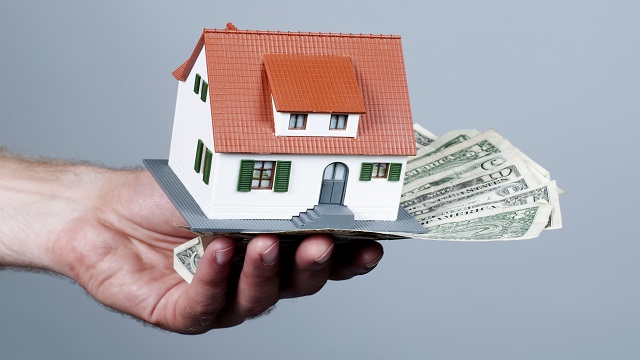 RealtyTrac assumes a 3 percent down payment and factors in mortgage, taxes, insurance and mortgage insurance.
RealtyTrac assumes a 3 percent down payment and factors in mortgage, taxes, insurance and mortgage insurance.
In Alabama, buying is more affordable than renting in every major market, according to the survey.
“Buying a home financed by a fixed-rate mortgage could provide a hedge against increasing rental rates that can change periodically,” said Dot Mash, 2016 president of the Birmingham Association of Realtors. “Although increases can occur in property taxes and insurance costs, fixed-rate mortgage principle and interest payments remain constant for the duration of the loan. The same factors causing an increase in a home’s property taxes and insurance costs would most probably affect rental property, leading to an increase in rental rates. RealtyTrac’s report indicates that a homebuyer compared to a renter has 10 percent more of their income to spend in areas other than housing.”
In Jefferson County, RealtyTrac found that homeowners would spend an average of 20 percent of their income on a median-priced home, versus 30 percent of their income on rent.
Just to the south in Shelby County, the numbers tighten a bit, but still favor buying (31 percent spent on rent; 28 percent spent on house note).
In Madison County, homeowners would spend roughly 19 percent of their income on a house note, versus 23 percent of their income on rent, and in Baldwin County, along the Gulf Coast, renters will spend roughly 50 percent of their income, versus buyers spending 43 percent of their income on housing.
Another factor when deciding rather to rent or buy is the direction of interest rates. For the first time in a decade, the Federal Reserve raised rates during December. While it was a modest rate hike, many experts see rates going up in the future.
“Rising interest rates decrease buying power,” Mash said. “Stated very simply, the percentage of a buyer’s monthly income dedicated to their mortgage payment determines what price house that buyer can buy financed through a mortgage. Rising interest rates create increased mortgage payments. The amount paid to borrow money is more.”
Mash said if mortgage payments increase and wages remain the same for the borrower, the buyer must settle for a lower-priced home to stay within budget.
“Buyers should be aware that rising mortgage interest rates reduce the price of the home they can buy,” Mash said.
The Great Recession led many people under the age of 35 to commit to renting, which has been a big driver for urban development and inner city lofts and apartments across the country, but if rents and rates remain on an upward trajectory, many millennials may be hitting up a lender and a Realtor in the next 12 months.
